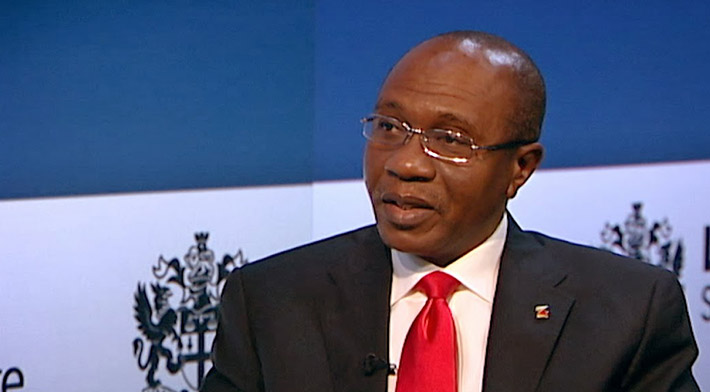Positive Nigeria October PMI seen to rub off on rest of 2018 as festive period sets in
November 1, 20181.3K views0 comments
The Nigerian business environment got off to a great start for the last quarter of 2018, as the Central Bank of Nigeria (CBN) monthly purchasing managers’ Index (PMI) for October showed sustained expansionary trajectory for the nineteenth consecutive month.
Analysts at Cordros Capital have expressed enthusiasm about the recent ly released PMI figures and have suggested that the commencement of the festive period played a part in the boost and will sustain the expansionary trajectory as the festive quarter has a history of being the strongest.
ly released PMI figures and have suggested that the commencement of the festive period played a part in the boost and will sustain the expansionary trajectory as the festive quarter has a history of being the strongest.
Precisely, both the manufacturing and non-manufacturing PMIs expanded at a faster pace compared with the slower increases recorded in the previous month. The report reveals that manufacturing and non-manufacturing indices posted 56.8 compared to September’s 56.2 points and 57.0 as against September’s figure of 56.5 points respectively for the period under review.
The economic analysts said, “whilst we reiterate that continued FX stability and availability remain the key driver of business health across the manufacturing and non-manufacturing space, we believe the commencement of the festive quarter must have boosted business sentiments as Q4 average PMI is historically the strongest.”
Read Also:
- Turnover on FMDQ market rose 90.05% YoY to N41.23trn in October
- CBN sets $100,000 minimum trade limit on new electronic FX platform
- NCC sets January 2025 compliance deadline for contact detail updates by…
- Nigeria's unemployment rate drops to 4.3% in Q2'24
- Nigeria’s oil production above OPEC quota – NNPC
“In our view, high crude oil prices, together with the possibility of inflows from Eurobond, will support CBN’s goal of keeping FX rates largely stable and liquid across all segments,” they added.
They predicted that overall growth in the third and fourth quarters of 2018 will be supported by the resilience in manufacturing, services and agriculture sectors which had contributed 9.3 percent, 37.5 percent and 22.9 percent respectively to GDP.
